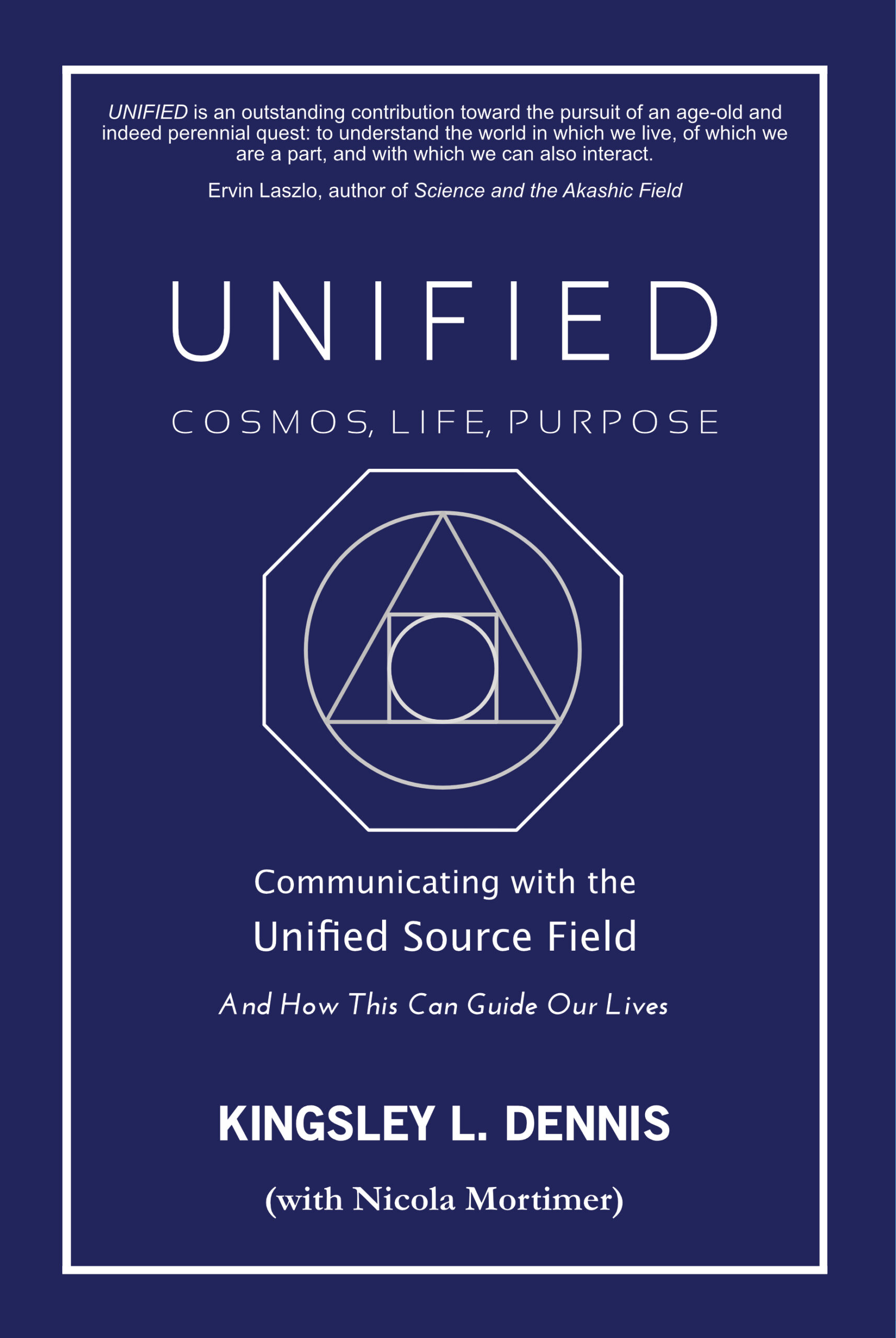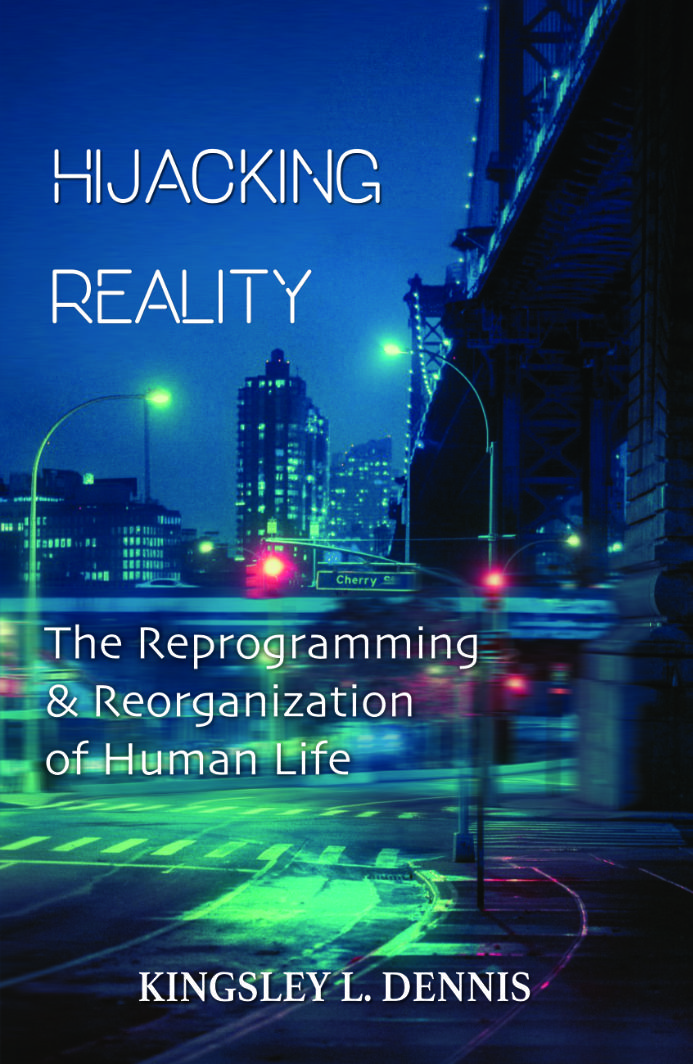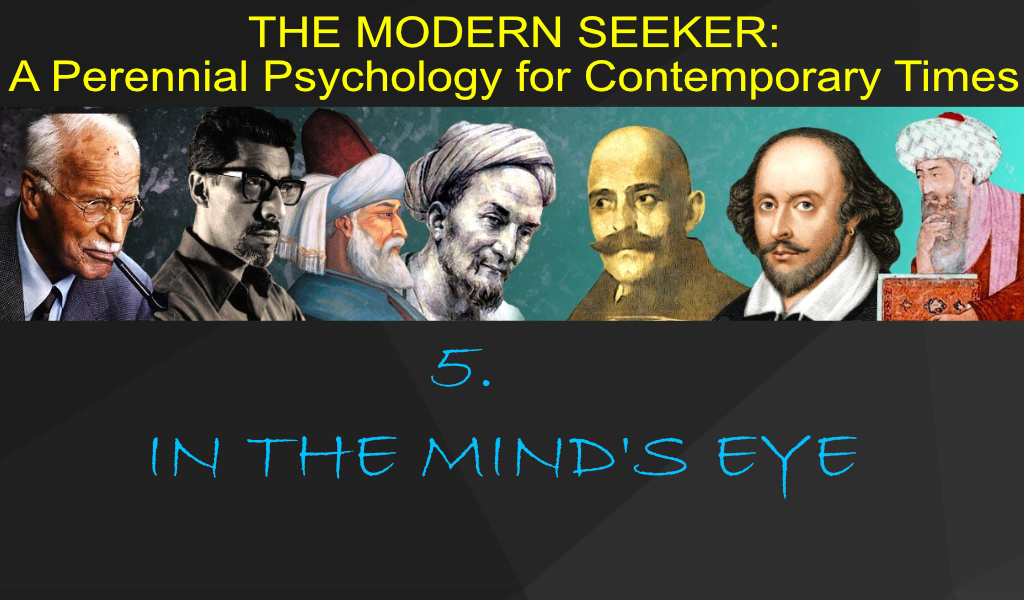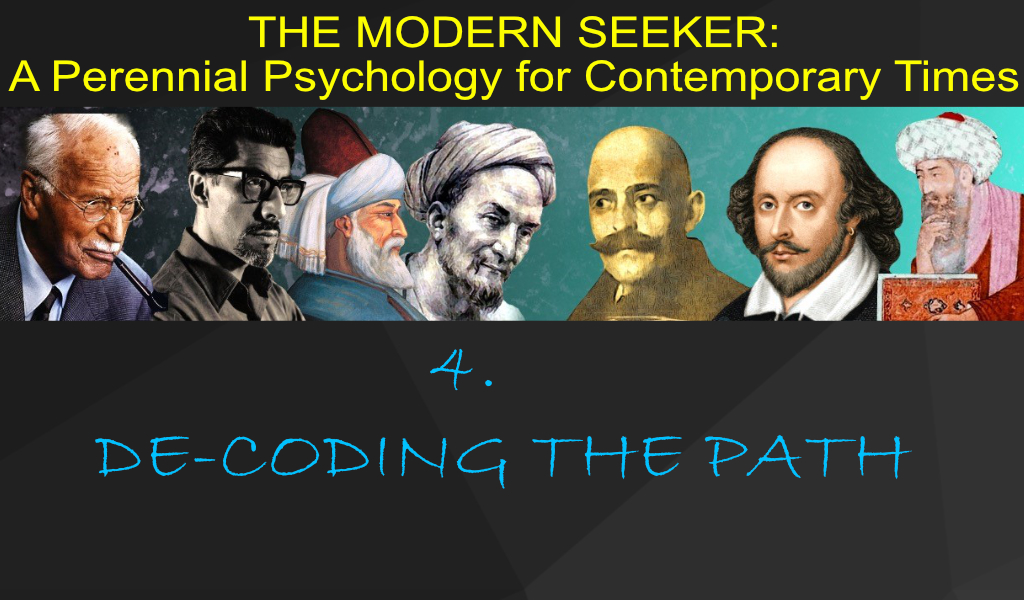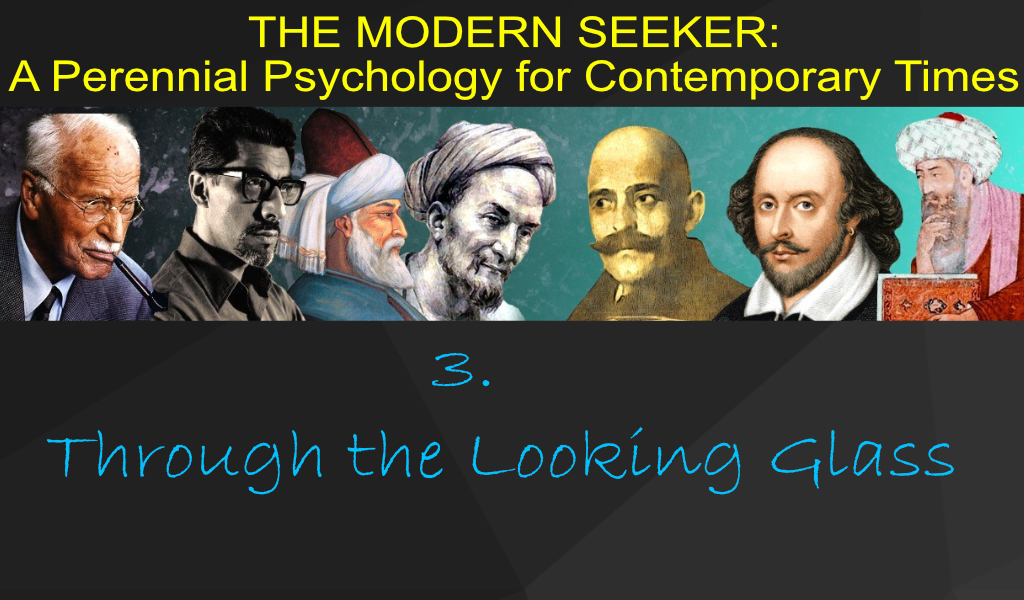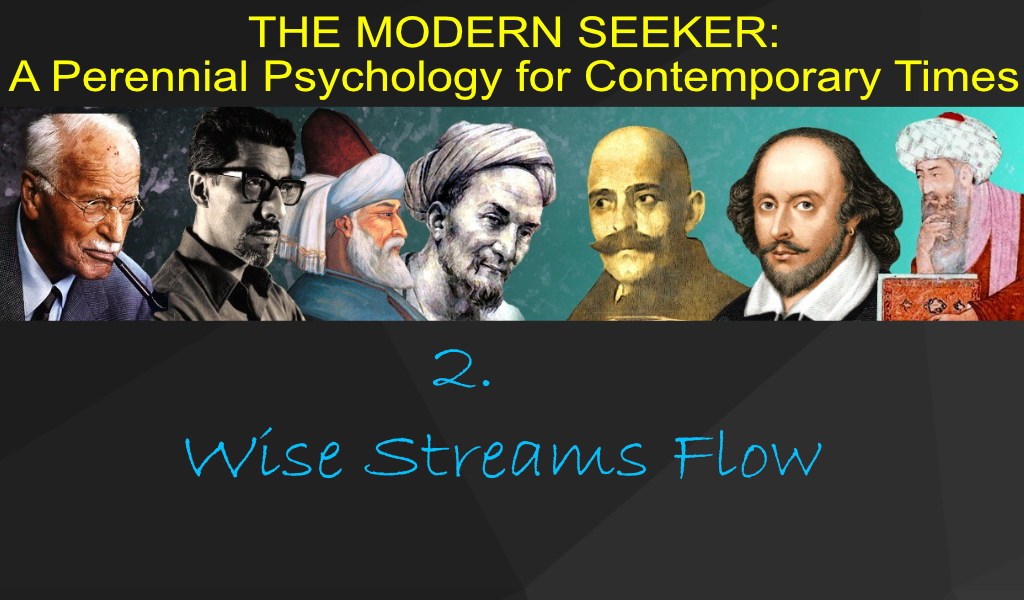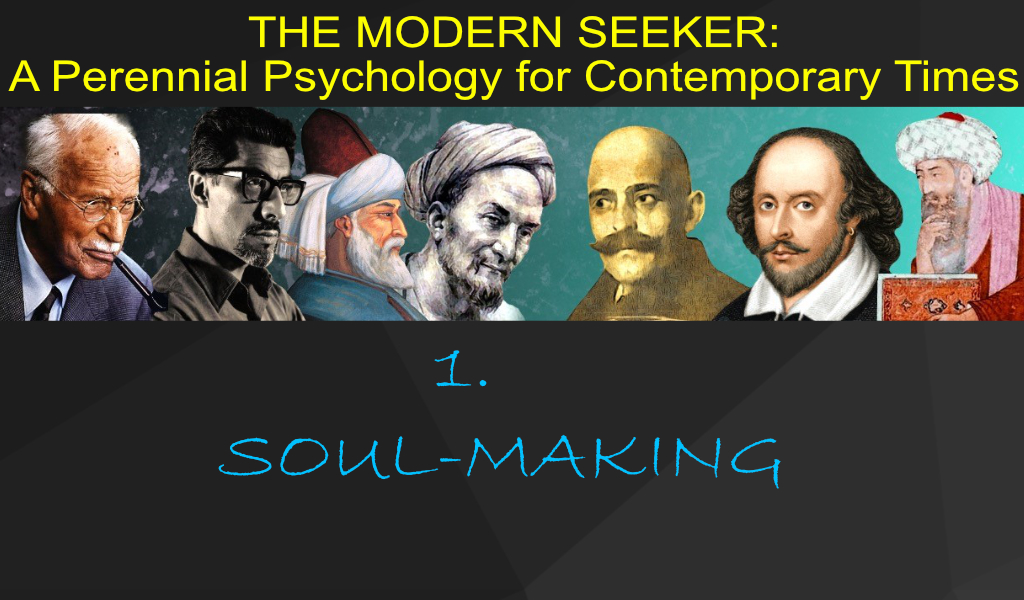The modern world has witnessed a different type of consciousness emerging over the past 150 years, a post-Industrial Revolution cognitive mind. New technological innovations that helped to alter our perceptions of the dimensions of space and time in the world began to birth a psychological consciousness; a consciousness that wanted to look beyond the borders and horizons of the physical frontier. The end of the 19th century was also a significant period in the rise of spiritualism and mediums, general interest in esoteric matters, and the public emergence of occult movements.
Just to give a broad overview, the 1870s onwards saw a peak in the growth of spiritualism in English-speaking countries. Interest was rife in communicating with the dead, contacting the afterlife and believing in information from the astral plane. By 1897 it was said that spiritualism had more than 8 million followers in the U.S. and Europe, with state and national conventions, lecture tours and summer camps held on a regular basis. By 1880, there were about three dozen monthly spiritualist periodicals published around the world; and in 1882 The Society for Psychical Research (SPR) was established in the UK (by 1914 it had 320 registered Spiritualist Societies in Britain on its books). Around the same time as the interest in spiritualism was peaking, the Theosophy Society was established in New York City by Helena Blavatsky, Henry Olcott, and William Judge in 1875. Theosophy heralded a revival in western occultism and in perennial wisdom. It was also a forerunner to later movements that sought to bring eastern teachings and traditions to a western audience. Theosophy has had a large impact upon western mysticism as it brought forth many personages who later found their own individual channels for teaching, most notably Annie Besant, Alice Bailey, Krishnamurti, and Rudolf Steiner (who went on to establish the Anthroposophical Society). By the end of the 19th century, spirits were well and truly out of the closet.
The same period during the late 19th and early 20th centuries also saw the founding of The Hermetic Order of the Golden Dawn (known generally as the Golden Dawn), with its first temple in the UK (London) in 1888. By the mid 1890s the Golden Dawn was gaining popularity both in the UK and later in Germany especially. Well-known members include Irish poet W.B. Yeats; authors Arthur Machen and Evelyn Underhill; and infamous occultist Aleister Crowley. In a similar vein the spiritual teacher and mystic G.I. Gurdjieff was spreading his ideas from Moscow to Paris, from New York to London, aided by the teachings of former pupils P.D. Ouspensky and J.G. Bennett. In 1920 Paramahansa Yogananda arrived in the United States and established the Self-Realization Fellowship the same year, introducing thousands of westerners to the art of meditation and yoga. In 1946 Yogananda published the phenomenally successful Autobiography of a Yogi which since its publication has sold millions of copies worldwide. Other personages gathering devotees and spreading teachings throughout the western hemisphere at this time include Sri Aurobindo; Hazrat Inayat Khan; and Sri Meher Baba, amongst others. Now the floodgates were open and a whole range of mystical, occult and oriental teachings began to emerge within western society, as well as creating bridges to eastern ashrams and religious centres.
What this shows is that at this time there emerged a great wave of influence that turned people’s thinking towards a more interiorized, as well as a more transcendental, state. It was a great shift from the physical towards a belief in and an exposure to non-physical realms. Coming as it did at a time of on-going industrialization and material expansion one must wonder if the timing is pure accident. Yet the ‘inward turn’ was not only happening in the occult sphere. In 1901 Canadian psychiatrist Richard Bucke published his now famous work Cosmic Consciousness: A Study in the Evolution of the Human Mind. A year later in 1902 Harvard psychologist William James published his series of lectures in the book The Varieties of Religious Experience: A Study in Human Nature. These ideas were beginning to circulate amongst an educated public at the same time that psychoanalysis, developed in Vienna in the 1890s by Sigmund Freud, were also percolating out into mainstream circles. The early part of the 20th century was a period when the ‘collective unconscious’ was becoming a conscious part of the collective mind. The theories of Freud, Jung, Reich, and other psychoanalysts were changing how people regarded human behaviour and parameters of human thinking. Early childhood impacts, experiences, repressions, and sexuality were all now being unearthed as contributing to contours of the human mind. What happened ‘out there’ was recognised as being a manifestation of what was going on inside a person’s mind. These developments coincided with the rise of the motion pictures as a cultural phenomenon; a way of projecting ideas onto the external screen. Philosophy too was taking on new ideas about the creative vitality within the human, nature’s forming of wholes greater than the sum of their parts, and the nature of flow within the universe: Henri Bergon’s Creative Evolution was published in 1907 (in English 1911); Jan Smut’s book Holism and Evolution in 1926; and Alfred North Whitehead’s Process and Reality in 1929. Yet perhaps the most revolutionary change in human thinking came about in the realm of physics; specifically the emergence of quantum mechanics, the new quantum physics.
The early decades of the 20th century saw a revolution in physics, from Einstein’s publication of his general theory of relativity in 1915, providing the standard theory on our laws of gravity, to the dual state of particles (photons) in 1926, and Heisenberg’s ‘Uncertainty Principle’ in 1927. The people behind these new discoveries are now almost household names: Niels Bohr, Werner Heisenberg, Max Planck, Erwin Schrödingr, John von Neumann, Paul Dirac, Wolfgang Pauli, and others. By 1927 the field of quantum physics was reaching a wider acceptance amongst the scientific establishment. And in 1957 physicist Hugh Everett presented his Many Worlds Theory that postulated an infinity of parallel universes whereby the universe splits every time a quantum system makes a choice, and there are billions of quantum events taking place within each ounce of matter every second. In this model there could be another universe where the dinosaurs continued to evolve — perhaps they evolved high intelligence and now write books on evolution! Quantum physics then finally presented to the world the concepts of particle-wave duality, non-locality, observer interference, and wave collapse. Suddenly, the world was not as fixed, durable, or mechanical as was earlier thought. It was now seen as an unpredictable, uncertain, energetic sea of chance: God did, it seem, play dice after all.
Information became the keyword for the middle of the 20th century also, with cybernetics (Weiner), Communication Theory (Shannon), and early computing (von Neumann and Turing) all emerging with rapidity. This new information revolution was capped by the eventual breakthrough discovery, in 1953, of the molecular double helix structure of DNA (Crick and Watson). The human mind was now processing information at a faster speed than at any time in known history; and most of these new developments concerned the interior gaze. The 20th century became a time for asking and answering such questions as: What lies beyond life? What is behind matter? What lies behind our conscious thoughts? What lies behind all biological life?
The thrust for human meaning, the age of a radical seeking had been born, and it manifested most clearly through the revolutionary second-half of the 20th century.




